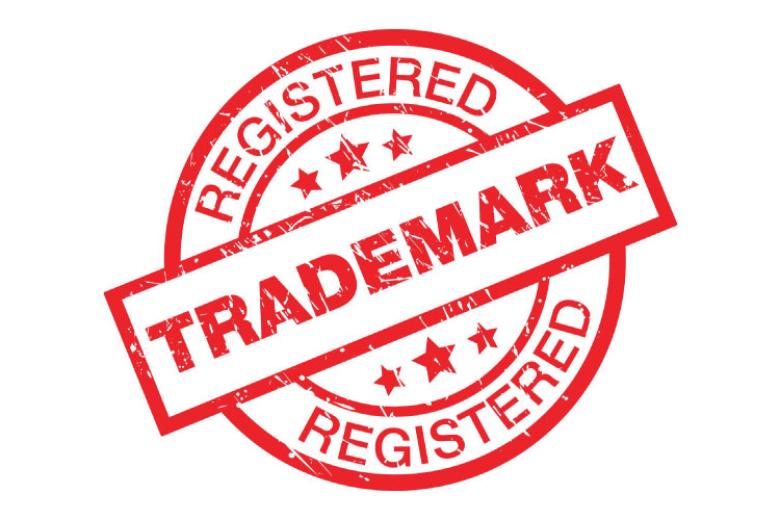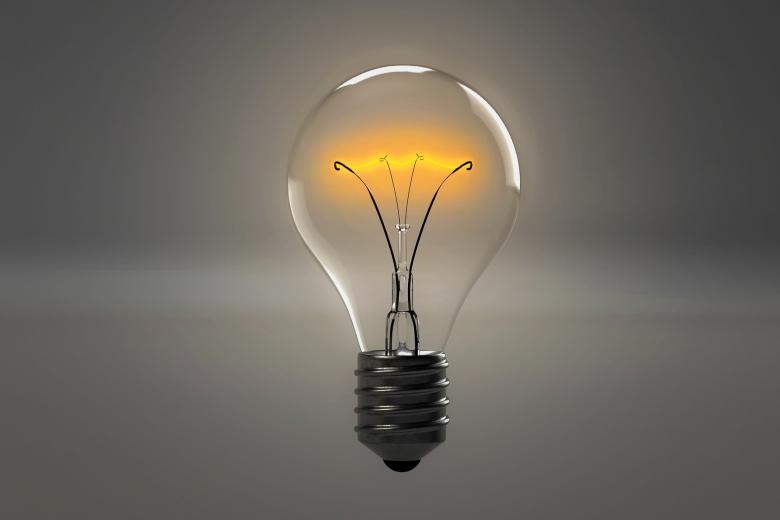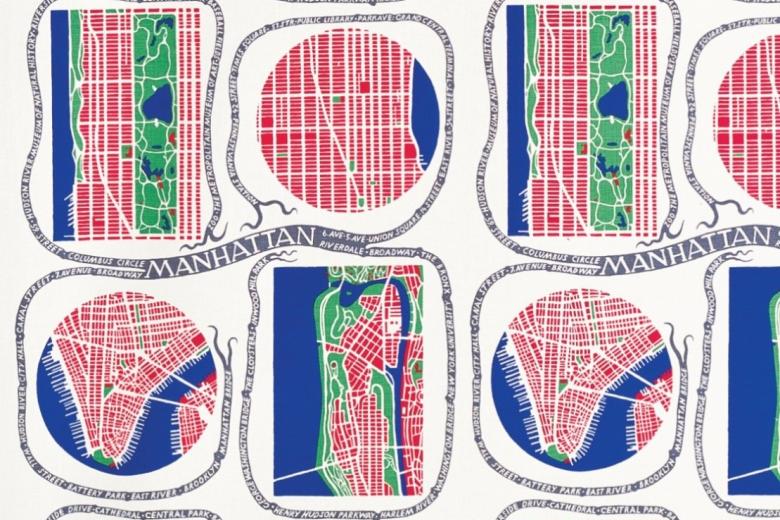No copyright protection for technical works by lawyers: Italian supreme court of cassation
The Italian Supreme Court of Cassation sez. I Civile, case n. 10300/20 (registered on May 29th), puts a hold on the proliferation of copyright protection and reasons that technical writings by lawyers - when functional to the provision of typical forensic services - cannot be protected. An attorney drafted anti-counterfeiting Regulation –containing critically acclaimed and extremely innovative content – is neither a work of authorship nor is sufficiently original.
The ruling in object concerns the question of whether a technical document prepared by a lawyer with the objective of protecting the interests of its client enjoys copyright protection.
The Avvocato Giovanni Casucci (Avv. C, attorney-at-law) drafted a regulation governing an anti-counterfeiting service, providing for an alternative dispute resolution scheme for the MACEF Milan Expo 2003 (hereinafter, Regulation). In November 2011, the Regulation was slavishly copied (‘imitazione servile’) by Vicenza Holding S.p.A. (and the Avv. M.) for the Fiera di Vicenza (Oro T-Gold exhibition), without the consent or attribution of paternity to Avv. C.
Subsequently, Avv. C. brought proceedings for infringement, requesting the Court (1) to establish the originality of the anti-counterfeiting Regulation and (2) compensation for damage due to plagiarism. The matter was appealed all the way up to the Italian Supreme Court of Cassation. There are two issues that are central to this decision and that this piece will touch upon – first, whether the Regulation was a ‘work’ deserving of copyright protection; and second, whether it was sufficiently ‘original’ within the meaning of EU law.
Issue I: Is the ‘Regulation’ a ‘work’?
In C-310/17 Levola v Smilde decision, the CJEU specified the following criteria for a ‘work’ to prima facie qualify as an object of copyright:
- The ‘work’ needs to be in line with art. 2 Berne Convention: a literary […] work. – In the case of Avv. C, this criterion was well met.
Considering that there is no guidance from the CJEU on whether a technical writing by a lawyer can qualify as ‘work’, reference to a ruling by the Austrian Supreme Court (Oberster Gerichtshof Decision v om 22.02.1989 - Case No. 3 Ob 194 / 88) may be useful. In the said case, the Austrian SC held that an attorney drafted contract was not capable of qualifying as a work of authorship when the content of the contract was ‘usual form-books’. In other words, there is no intellectual creation in the routine performances of an attorney’s day-to-day business.
Given the commendable and groundbreaking character of Avv. C’s work, it can be concluded that the Regulation significantly departs from the norms of the sector. However, it is the idea of the dispute settlement that received critical acclamation, and not the expression itself (the latter being the relevant object of examination). Nonetheless, Avv. C. invested his mind and heart in this Regulation, this being most evident in the preamble. C-5/08 - Infopaq International clarifies that sections of a bigger work can be copyright protected, without necessarily protecting the work as a whole. It must be noted that, even in the event in which the substantive provisions of the Regulation would be considered a day-to-day business of the lawyer (hence not a ‘work’), the writings employed in the preamble go well beyond the mechanical drafting of a regulation employing lexiconic ornamentation of the technical text that make the preamble more ‘poetic’, reflecting the author’s intellectual creation.
Issue II: Is the Regulation ‘original’?
It is established case law of the CJEU that a work is original if it contains the author’s own ‘intellectual creation’, and that is fulfilled by any intellectual creation that is not a purely mechanical exercise (Infopaq [at 33-37] & Football Dataco [at 29; 37-46]).
Considering how original an anti-counterfeiting regulation can be, it is indisputable that the free and creative choice of words of the author in the expression are limited by the functional nature of the contract. To qualify as ‘original’, the Regulation would need to be embellished by a series of ornamental wording and creative choices, which is not the case in the present proceedings.
Nonetheless, a different conclusion might be reached for the preamble to the Regulation, which is not limited by a specific functional objective, which is evident in the author’s original choice of syntax, vocabulary, structure and presentation.
The ruling
Although the jurisprudence of the CJEU paves the way for works such as that in the main proceedings to be copyright protected, if not as a whole, then at least in its preamble, the Italian Supreme Court reasons that technical works of art (such as the Regulation in the main proceedings) - even if literary - cannot in any way enjoy copyright protection. This decision was reached to warn off the event in which any technical writing of a lawyer equipped with some minimal originality would be copyright protected. In that event, lawyers would have to search for innovative expressions that would protect them from the most unlikely accusations of plagiarism; and even if one were to employ the most creative expression, it is highly probable that other lawyers may have already used them. To prevent this undesirable outcome, the Supreme Court clearly excludes technical works that are aimed at the commission of forensic services from the applicability of copyright protection.
| Written by: Virginia Debernardi, IPKM student 2019-2020 |
-
Protection of reputable marks beyond confusion: does “due cause” help to strike a balance between trade mark proprietors and content creators?
Content creators, exercising their freedom of expression, may use trade marks in their content in a way that might damage the interests of trade mark proprietors (e.g. use of Nike shoes in a porn movie). How does EU trade mark law address these different interests?

-
Computer-Implemented Inventions: has the term “invention” in the EPC lost its meaning?
The European Patent Convention defines subject-matter that is not eligible for patent protection, such as methods for doing business. However, when implemented by a computer, non-eligible subject matter becomes eligible for patent protection. Is this desirable?

-
The ambigous nature of the amended European trademark functionality doctrine
EU trade mark law excludes certain signs from becoming registered trade marks. In particular, shapes cannot be registered if they are necessary for achieving a technical result. In 2015, the amended Regulation broadened this exclusion to ‘another characteristics'. But what is now covered exactly?
